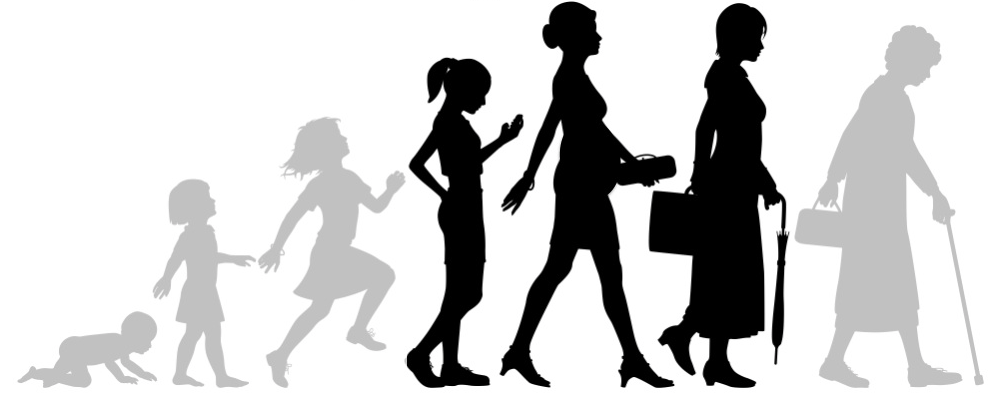Progression in Adult Scoliosis
Most adults seeking treatment for their scoliosis do so because their curves have progressed overtime. Yet conventional scoliosis treatment for adults is not aimed at stopping progression, but merely at masking symptoms. It does nothing to correct the underlying cause. Fortunately, there are now treatment for adult scoliosis that can actually help with the root cause of the pain most commonly related to adult scoliosis, which is progression of their curves.
What is Progression of Scoliosis?
Progression of scoliosis is when there is an increase in the degree of the Cobb Angle, which is a measurement of the angle between the two most tilted vertebra in a curve. There are two types of scoliosis progression that can occur in adulthood.
- Rapid Progression
- Slow Progression
Rapid Scoliosis Progression
For women with scoliosis there are three milestones in her life that can cause her scoliosis to worsen.
These 3 phases of a woman’s life that she is at the greatest risk for rapid progression of her scoliosis all involve sudden shift in hormones.
1. Puberty
2. Pregnacy
3. Menopause
Puberty
The reason scoliosis most commonly begins at the onset of puberty is that the combination of three events occurring in the body simultaniously. The first is that the body begins to produce sex hormones that not only result in the onset of secondary sexual characteristics but also have profound impact on bone development as well. The second is that this is a period of time that the bones in the spine and torso grow at an accelerated rate. The third is a genetic predisposition for the development of scoliosis that causes the delay in growth of the growth plate on one side of a vertebra. When this occurs in combination with the rapid growth of the growth plate on the other side, it can a tilting that vertebra resulting in the onset of scoliosis curvature.
Pregnancy
Pregnancy has bio-mechanical stressors of a rapidly changing center of gravity in the 3rd trimester combined with a hormone that is specific to pregnancy called Relaxin. This hormones is created in a woman’s body to allow for ligamentous laxity in the pelvis in preparation for the passage of the baby through the vaginal canal. The problem is that Relaxin doesn’t just affect the ligaments of the pelvis, it affects all the ligaments of a woman’s spine.
So if a pregnant woman with scoliosis is not utilizing the postural muscles to support her spine properly, then chances are she will tend to collapse into her scoliosis curves and rest on her ligaments. With the help of the Relaxin in her body the spinal ligaments can stretch over time causing progression of her scoliosis.
Menopause
Menopause is another time of tremendous shift in a woman’s hormones that tends to causes demineralization of the spine which can result in sudden bony changes in the spine due to osteopenia and the osteoporosis. In fact, this demineralization of bone in women with scoliosis can begin as early as puberty. Research has shown that 1/3 of teen girls with scoliosis have some measure of osteopenia, that if left untreated will eventually lead to osteoporosis at menopause.
Gradual Scoliosis Progression
While most orthopedists will tell you that once you done growing you don’t have to worry about your scoliosis getting worse, that’s only true in some cases. For scoliosis curves that have advanced to 30° or more in adolescence they have a much greater risk of slow progression into adulthood. While this rate is only about 1° per year, that can add up to a significant increase over time.
This type of progression occurs due to gravity taking advantage of the postural imbalances caused by the shift in weight by the scoliosis. The greater the movement is away from the midline, the greater the imbalance, the harder the body has to work just to hold itself up and the more it tends to gradually drift further away from midline. This sets up a vicious cycle of scoliosis that tends to snowball over time and eventually causing pain.
Stopping Adult Scoliosis Progression
There are therapies that can stop the downward spiral of scoliosis by interrupting this vicious cycle by helping the body become more balanced. This in turn reduces the postural strain to the body caused by the scoliosis thus relieving the source of the pain and stopping future progression from occurring.
The following are a couple links to the specific therapies we use in our offices that have been clinically prove to be able to provide pain relief and stopping scoliosis progression in adults.

